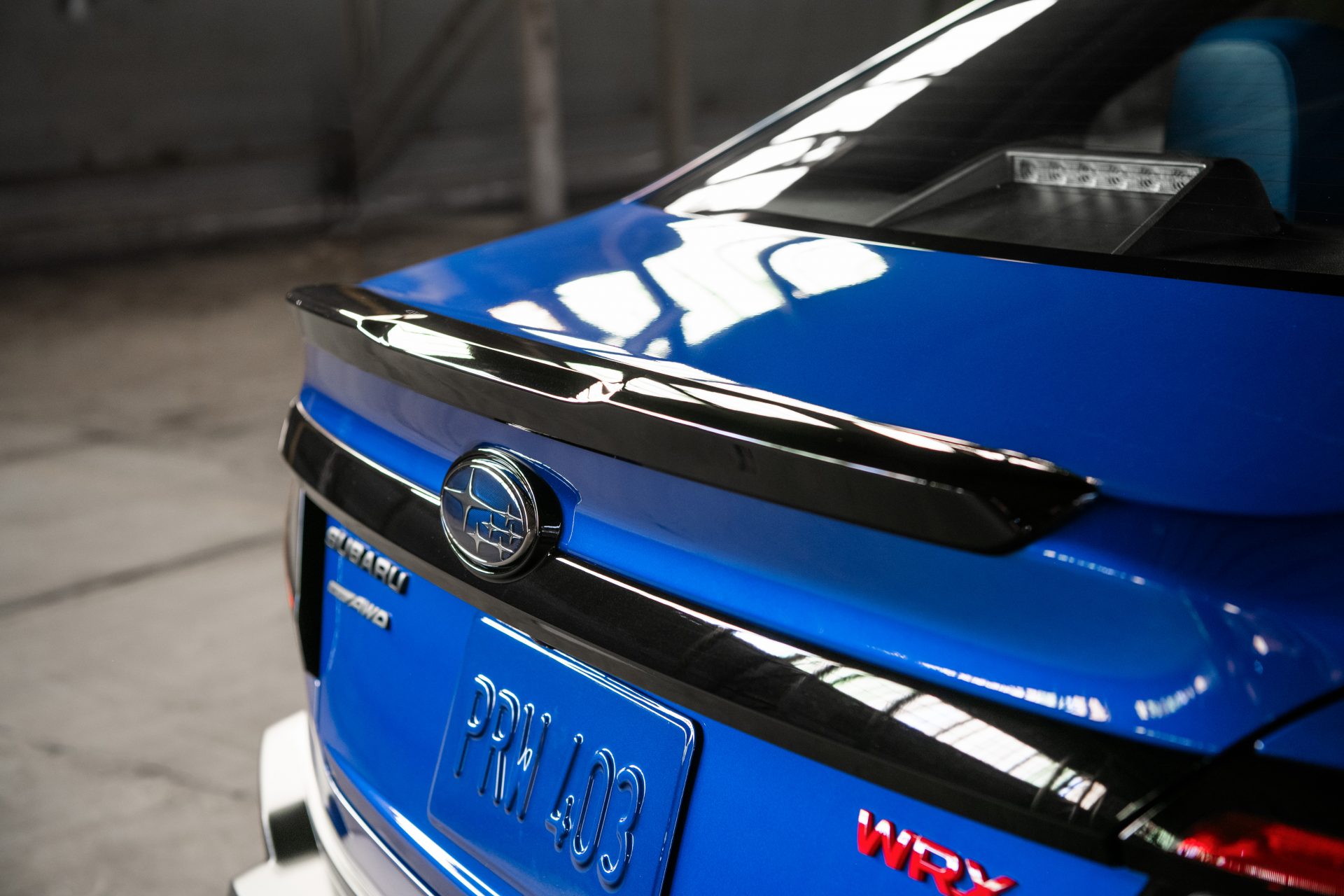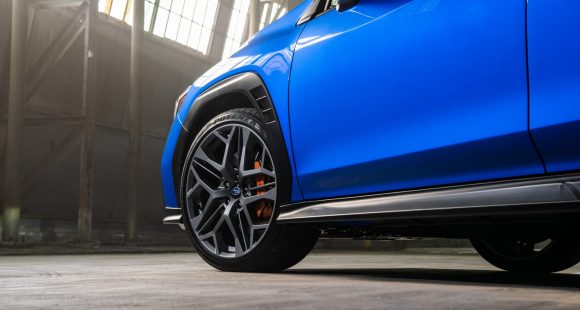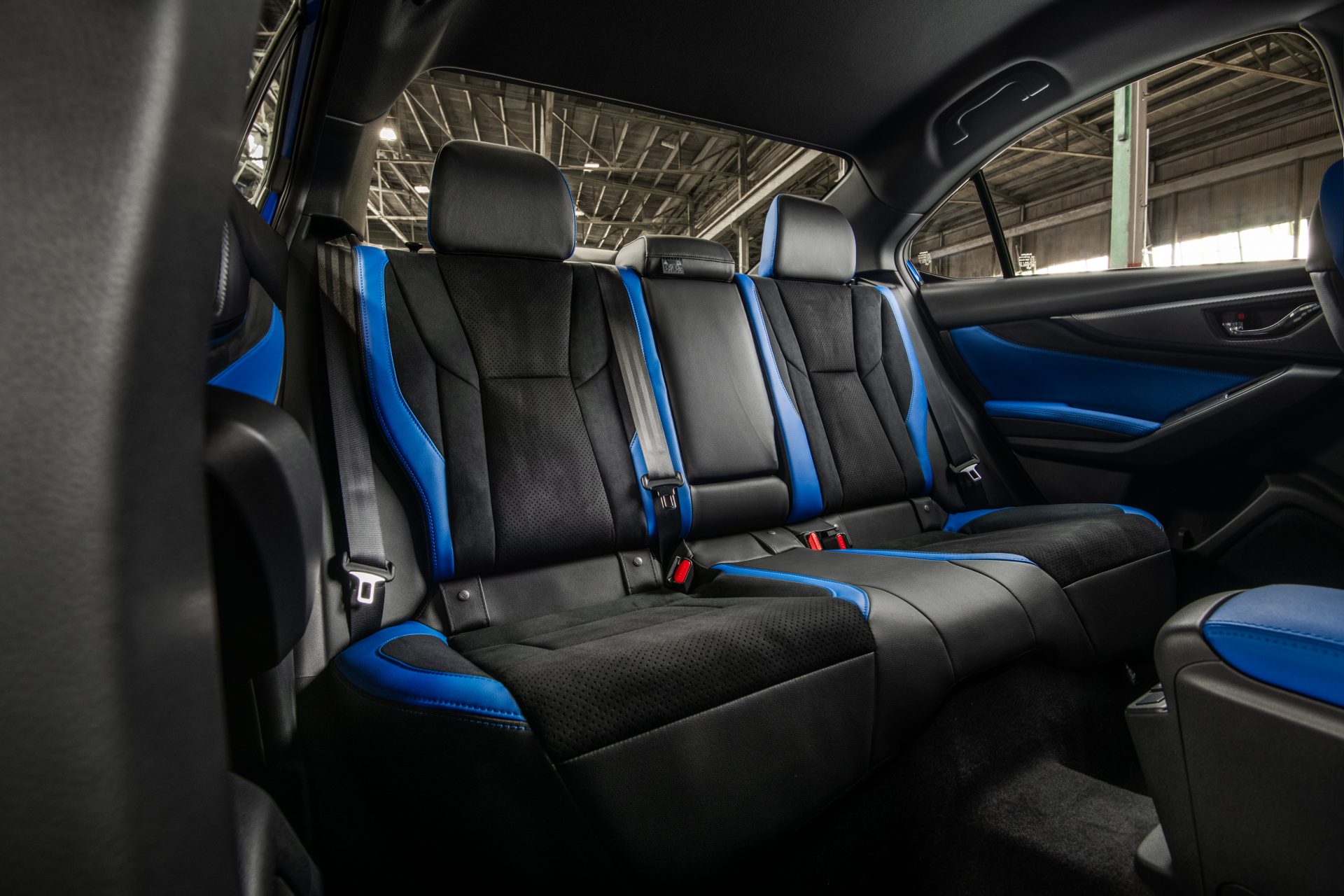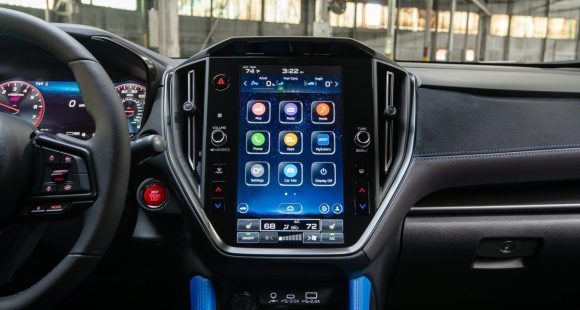2013 Hyundai Santa Fe
The Hyundai Santa Fe has staked quite a claim for itself in the vast expanse of two-row crossover land. On the other hand, Hyundai’s 3-row Veracruz didn’t do so well. So why not try to fix that by capitalizing on the Santa Fe name? So along with the recently introduced 5-passenger Santa Fe Sport comes a new 7-passenger model named simply, Santa Fe. Will all of that shuffling result in a winning hand? Well it’s time to place your bets!
Without a doubt, Hyundai has certainly gone “all-in” in recent years, with a nearly constant onslaught of fresh products and new segment entries. The newest goes by a familiar name, the 2013 Hyundai Santa Fe. It competes against other mid-to-larger three-row crossovers like the Mazda CX-9, Honda Pilot, and Chevrolet Traverse, just to name a few.
 Compared to the new two-row Santa Fe Sport, the Santa Fe is 8 ½ inches longer; riding on a stretched 110.2 inch wheelbase. Like most rivals, a V6 powertrain is standard. Here it’s the Azera’s 3.3-liter V6 feeding power to the front or all-wheels through a 6-speed automatic. Horsepower is 290, with torque coming in at 252 lb-ft.
Compared to the new two-row Santa Fe Sport, the Santa Fe is 8 ½ inches longer; riding on a stretched 110.2 inch wheelbase. Like most rivals, a V6 powertrain is standard. Here it’s the Azera’s 3.3-liter V6 feeding power to the front or all-wheels through a 6-speed automatic. Horsepower is 290, with torque coming in at 252 lb-ft.
The combo is good for Government Fuel Economy Ratings of 18–City, 25-Highway, and 21–Combined in 2-wheel-drive models. We averaged a good 22.0 miles-per-gallon of Regular in mixed driving. It also offers a good amount of muscle for daily duties, including good passing power and towing up to 5,000 pounds.
Being a family SUV, it’s what’s inside matters the most, and here our feelings about the new Santa Fe are more mixed.
 Everything looks nice; the layout is fine; with deep hooded gauges, an easy to use center stack, and standard Blue Link telematics. But the environs come off as less expensive as both the old Veracruz and newer rivals like the Nissan Pathfinder. Seats are comfortable, but again the cushions grab us as short and thin. In Limited trim the second row is Captain’s Chairs for a capacity of six. Our 7-seat GLS had a 40/20/40 split bench, with a 60/40 slider as an option.
Everything looks nice; the layout is fine; with deep hooded gauges, an easy to use center stack, and standard Blue Link telematics. But the environs come off as less expensive as both the old Veracruz and newer rivals like the Nissan Pathfinder. Seats are comfortable, but again the cushions grab us as short and thin. In Limited trim the second row is Captain’s Chairs for a capacity of six. Our 7-seat GLS had a 40/20/40 split bench, with a 60/40 slider as an option.
Ease of access to the 50/50 split third row is good, and it does provide surprising room for adults along with its own climate controls. Maximum cargo capacity is a respectable 80.0 cubic-ft, with 40.9 behind the second row, and 13.5 behind the third. Our GLS tester did not include the Limited’s power rear hatch, but the lift gate is very light, so we didn’t feel that it was necessary.
Neither is running quarter miles in this family wagon, but that’s what we do, so off to the track we went for a 0-60 time of only 7.4 seconds, and a sprint through the quarter of 16.0-seconds flat at 90 miles per hour. Braking from 60 felt very good for a mass market hauler. Stops averaged an acceptable 131-feet with immediate response and feedback from the nice firm pedal. But dodging cones was not so impressive; with slow steering, plenty of body roll, and a clumsy feel that all work together to constantly remind you how big the new Santa Fe really is.
 The Santa Fe features sharper lines over the rear wheels, has chrome-tipped dual exhaust, a tow hitch cover, a slightly different take on the grille, and 18-inch wheels.
The Santa Fe features sharper lines over the rear wheels, has chrome-tipped dual exhaust, a tow hitch cover, a slightly different take on the grille, and 18-inch wheels.
Santa Fe pricing starts at a class reasonable $29,455, with the Limited model starting at $34,025. All-wheel-drive is available on either model for $1,750 more.
The 2013 Santa Fe is all around competent and a good value, if not really a standout. A nice vehicle, but clearly a step down in image from the Veracruz it replaces. Still, the Santa Fe name may be just what it takes to give Hyundai a serious player in the larger crossover segment.
Specifications
- Engine: 3.3-liter V6
- Horsepower: 290
- Torque: 252 lb-ft.
- 0-60 mph: 7.4 seconds
- 1/4 mile: 16.0 seconds @ 90 mph
- EPA: 18 mpg city/ 25 mpg highway
2025 Subaru WRX tS
Subaru’s “World Rally eXperimental” Gets Tecnica-Tuned Tech
Building on its global rally heritage, WRX has been a standalone Subaru nameplate, marketed separately from garden variety Impreza, for two generations now. And while the current WRX still lacks the full STI treatment, this WRX tS serves up some of that high-performance spice we’ve been longing for.
Before we go flat out into our Track Test of this 2025 Subaru WRX tS, lets open the Subaru dictionary so we’re all on the same page. “tS” stands for “tuned by STI;” and “STI” is an acronym for “Subaru Tecnica International,” the brand’s high-performance sub-group best known for upgrading the WRX— oh, that stands for “World Rally eXperimental,” in case you didn’t know.
All that said, STI has been largely dormant for this WRX generation, but this tS sprinkles more of their engineering magic into the mix. No, that doesn’t mean extra power, but does mean significant chassis-related improvements.
First, electronically controlled dampers, adjustable through the 11.6-inch tablet-style infotainment screen. That meant a softer “comfort” mode on the 10+ hour commute to and from Savannah’s Roebling Road Raceway. But once we were there, it was the firmer “Sport+” setting all the way, heightening response from the WRX’s throttle and already quick dual-pinion power steering system. There’s still some body roll for rally-esque weight transfer, but it’s well sorted and provides the “toss-ability” you want in a WRX.
Though if you do autocross your tS, which we implore you to do, you might feel the six-piston front, two-piston rear Brembo brakes first. The bite is strong, giving good rotation in the corners and plenty of “halt” for this 3,400 lb. compact with minimal fade, keeping us on track all week…until some unfortunate winter weather passed overhead. No worries here, as Subaru’s Symmetrical All-Wheel-Drive system got us to the track for some powdered deserts: Frosted donuts served up Michelin style, a set of winter tires different from the grippy Bridgestone Potenza S007 rubber the tS typically rides on. Some prior hot laps of California’s Sonoma Raceway gave credence to those Bridgestones, and showed us what this hot-compact can do in ideal conditions.
It’s well sorted and provides the “toss-ability” you want in a WRX.
Other tS enhancements are cabin-based, namely these beautiful blue Recaros. Most of our staff appreciated their moderately-aggressive bolstering on both street and track. And they’re even heated, too. Another tS-only appointment is this 12.3-inch digital gauge display. It mimics the standard analog gauges with some additional info, but can switch to a navigation mode for more convenient route guidance.
We do wish our tS came in the new Galaxy Purple or the trademark World Rally Blue, but this Crystal White paint wasn’t too shabby, contrasting its Cherry Blossom Red badging and blacked-out lip spoiler. Otherwise, the tS is like any other WRX, down to the hood scoop funneling air to the top-mounted intercooler.
Underneath is the same turbocharged 2.4-liter flat-four in all other trims, boxing at 271 horsepower and 258 lb-ft of torque. The freak winter weather stopped straight-line testing, but a 0-60 time estimate of 5.5 seconds is about as spry as you realistically need, pulling strong through most of the tach; though the 6,000 RPM redline required attentive shifting of the six-speed box, which the tS comes exclusively with. The throws are precise, if a little long, and the clutch is wonderfully weighted.
With discontinuation of the Base trim, pricing for the WRX now starts with Premium at $36,920. The tS is at the top of the lineup with the automatic-only GT, both starting at $46,875. All WRXs continue to be made in Gunma, Japan.
If you’re an enthusiast itching to do the tuning yourself, perhaps the 2025 Subaru WRX tS is not for you. But if you want a plug-and-play experience, this is it. While it won’t exactly bestow the loose-cannon, top-level driving skills exhibited by famous WRC drivers upon you, the tS moves this WRX’s game in a direction we’ve so desperately wanted Subaru to take.
Specifications
As Tested
- Engine: 2.4-liter flat-four
- Tranmission: 6-speed manual
- Horsepower: 271
- Torque: 258 lb-ft











































